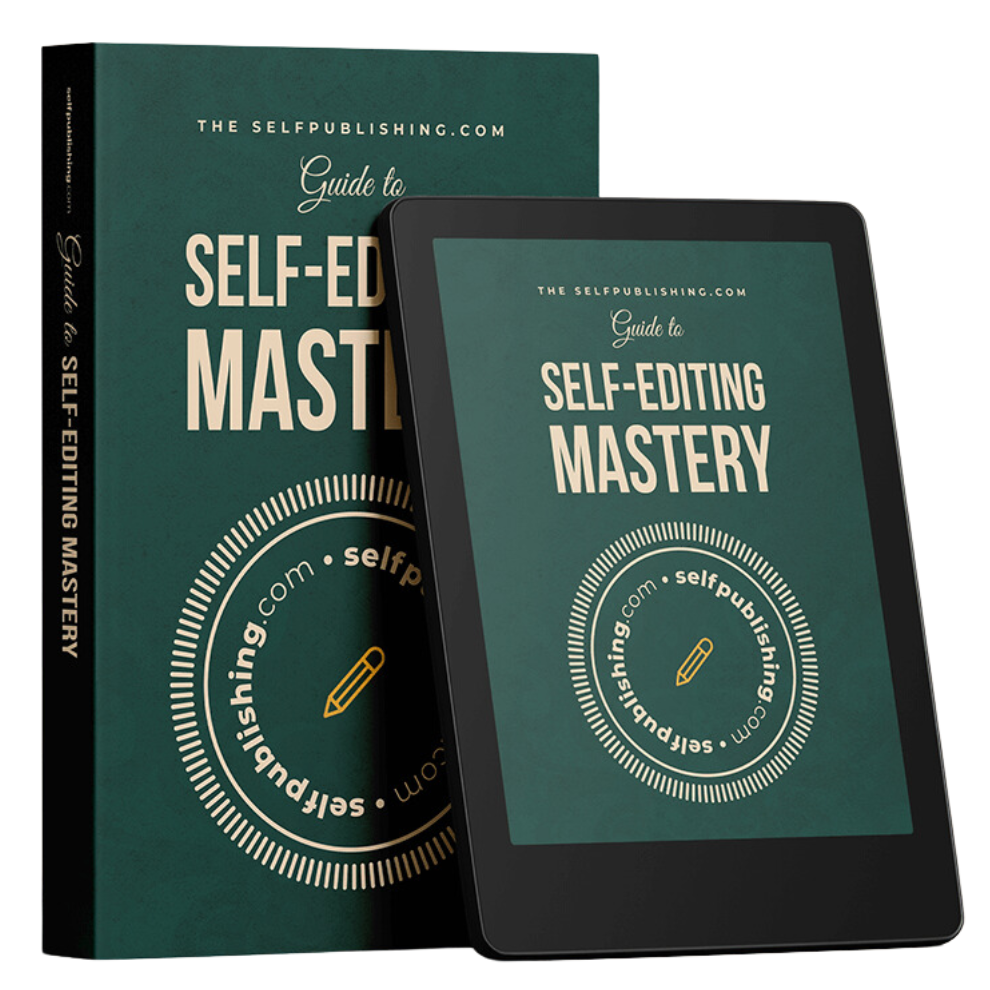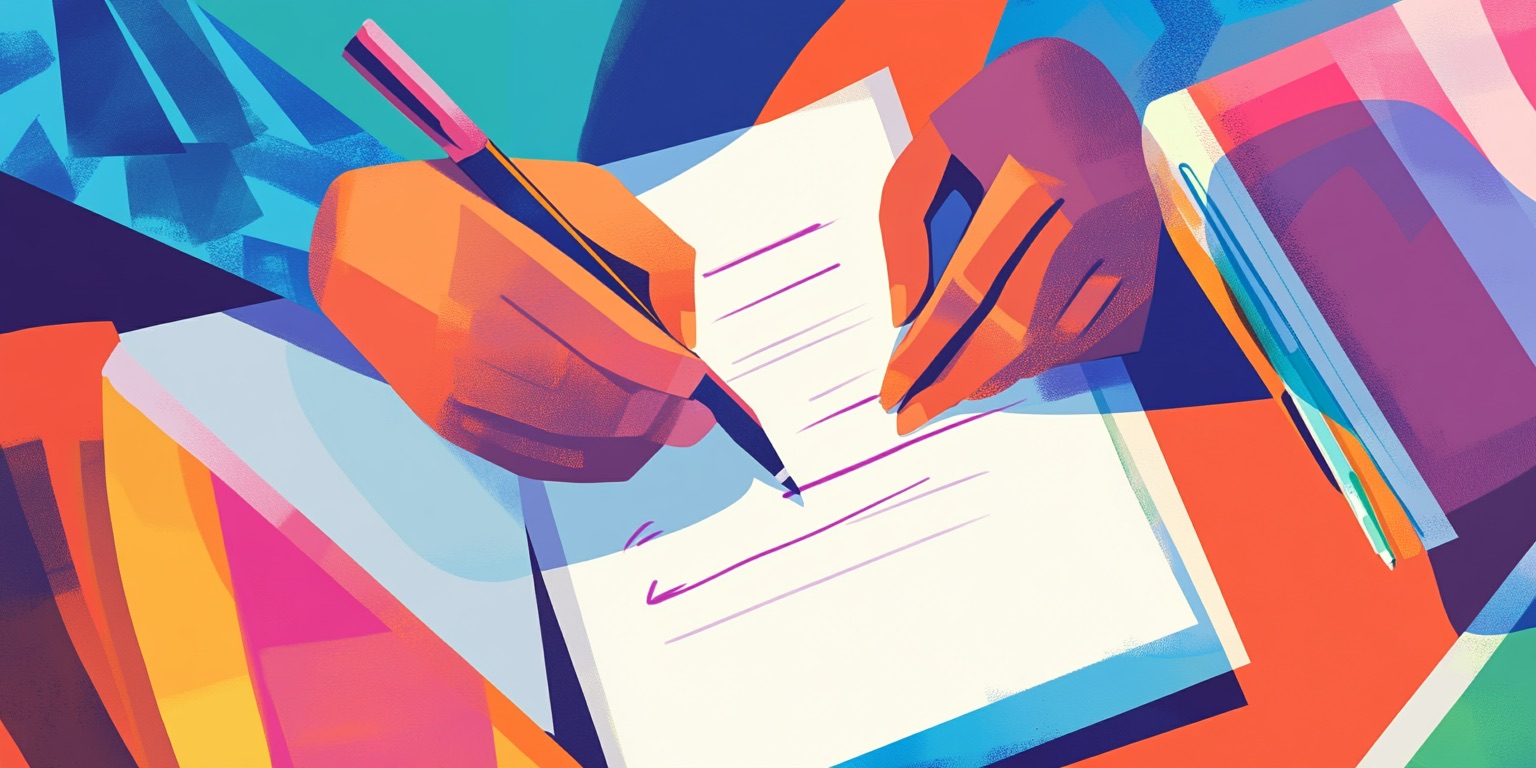From cultural to political and everything in between, we all have an opinion and a unique perspective about how the world works and where we fit into the big picture. This means that when we sit down to pen a book that takes a slice out of the real world, how we represent others matters, at least if we want to create a three-dimensional, inside-out view.
In a previous article, we covered the different types of editing. A sensitivity reader is a highly valuable part of the editing process that comes at the end of your book’s development, right before the finish line.
This article will focus on the duties of a sensitivity reader, how to know if your book will benefit from one, and how to find this special type of early reader for your book.
Do you write authentically?
If you’re serious about high-quality storytelling, writing well-rounded, authentic characters is non-negotiable. It’s what makes stories “sticky” and readers want to keep reading, but this means steering clear of stereotypes and cultural misrepresentations. This can be a challenge, especially if you are writing about any of these categories without direct knowledge, experience, or cultural attachment:
- mental, physical, or emotional challenges
- specific groups (e.g. marginalized)
- trauma
- and any other diverse experiences outside your own.
Even the best writer would have trouble conveying the layers and nuances of another person’s life experience based on surface-level knowledge—a gateway to unintended offenses.
One of the reasons fantasy books work so well and appeal to a broad spectrum of reader types is because you can make up your character’s root system—where they come from, their culture, how they speak, how they look, how they relate to one another, and the unique world around them without getting it wrong.
But, when you’re writing about the real world and trying to steer clear of a story where all of your characters look and act like they have the same grandparents, you have to figure out how to add other flavors without them tasting like red dye #40—artificial.
What is a sensitivity reader?
A sensitivity reader’s job in fiction writing is to pinpoint any areas where a character’s speech, behavior, identifiable traits, or mannerisms can be construed as mildly objectionable to abrasively offensive.
In nonfiction, a sensitivity reader will ensure that sensitive topics are handled gracefully concerning language, descriptions, viewpoints, and characterizations, always keeping the reader in mind.
Sensitivity readers are not a “must have,” but they are a wise choice if you are including characters with a different background from your own or you’re writing a nonfiction book that deals with a “hot button” topic with opinions across a diverse group of people (e.g. politics, immigration, racism, etc.)
Who’s reading your book?
Good stories are universal, so you may be surprised to find out who’s actually reading your book(s). Your readers may be more diverse than you realize.
Is it worth the risk of alienating a reader because you don’t take the time to represent every character authentically? Wouldn’t it be great to partner with someone who has lived the experience you mention in your book and can help you infuse some of their first-hand knowledge into your story?
Sensitivity readers offer writers a broader perspective that goes beyond the basic information you find scouring the internet.
Is it worth risking the chance you might offend someone?
It’s your call.
To be clear, everyone is not offended by the same thing, and a sensitivity reader’s job is not to find every single potentially objectionable possibility and bring it to your attention. The idea is to help you write a book that is respectful of others while also depicting the real world, with real conflicts, misunderstandings, and hopefully resolutions.
But, that may not be your thing, and that’s okay. Just know that sensitivity readers are part of a long line of support services available to authors who have a clear view of which direction they want to take their book in. If that includes being more inclusive, then the right sensitivity reader could be a good fit.
A sensitivity reader can help you bring balance to characters so that their humanity shows up before what makes them different, allowing characters to be integrated into a story seamlessly.
Where can I find a sensitivity reader?
You can take two approaches when looking for a sensitivity reader.
- Formal – You can find a handful of companies that either specialize in sensitivity reading or offer services. Some freelancers offer sensitivity reading services. Try a basic Google search for “hire a sensitivity reader” to get started. You can also try these companies:
Dot and Dash
Editors of Color
Editorial Freelancer Association (EFA)
Fiverr
Kevin Anderson & Associates - Informal – Have friends or colleagues you trust who are part of the culture you’d like to include in your book take a look and give their honest feedback on how the characters or ideas are presented. (Note: It can be hard to hear that you’ve written something that could be perceived as offensive, but try not to be offended. Instead, thank them for their transparency and ask them if they’d be willing to take another look after you’ve made any adjustments.)
A note on sensitivity readers and censorship
Sensitivity reading as a service has only recently (within the last decade) become a mainstream consideration, so it is not standardized. This means that everyone from traditional publishers to independent authors is trying to figure out the best way to integrate sensitivity readers into their programs.
To one extreme, you have those who use it as a form of censorship—to delete anything that offends anyone, even if the depiction is true and germane to the story. This creates one-note stories that lack authenticity and always feel like something is missing.
On the opposite extreme, you have those who believe that sensitivity reading in any form has no benefit.
But, somewhere in the middle, you have those who are using sensitivity reading as a measuring stick to ensure that every character in a story is represented with dignity and respect and every sensitive topic covered is presented in a humanity-honoring way.
Related:
- What is a Beta Reader?
- What Is an Advanced Reader Copy?
- Book ARC Teams: Building One, Benefits, & Need to Knows
Final thoughts
It goes without saying, that when it comes to writing, you can’t please everyone, but you can certainly make the best effort to write stories that are a balanced reflection of the communities that you choose to include in your work.
Sometimes it can feel like you’re walking a tightrope, a balancing act between your story and creating authentically human characters, and not just a “type”. A great way to overcome this hurdle is by reaching out to others in other communities and asking for their help with your characterizations. People are often happy to assist when they see you have good intentions.
Writing outside of your comfort zone is not easy, but it’s doable with the right support. Sensitivity readers offer a diverse range of life experiences that can help you develop your characters or story in a way that is authentic to the specific group you want to represent.
As with any other professional you hire during the book development process, research. Ask the sensitivity reader what type of books they’ve worked on, what genres, and what they liked most or least about the experience. Dig below the surface to ensure they are a good fit for you as a writer and that your personalities mesh. You’ll be talking about some sensitive areas so you want to make sure that the person you hire is someone whose feedback you can trust.

























